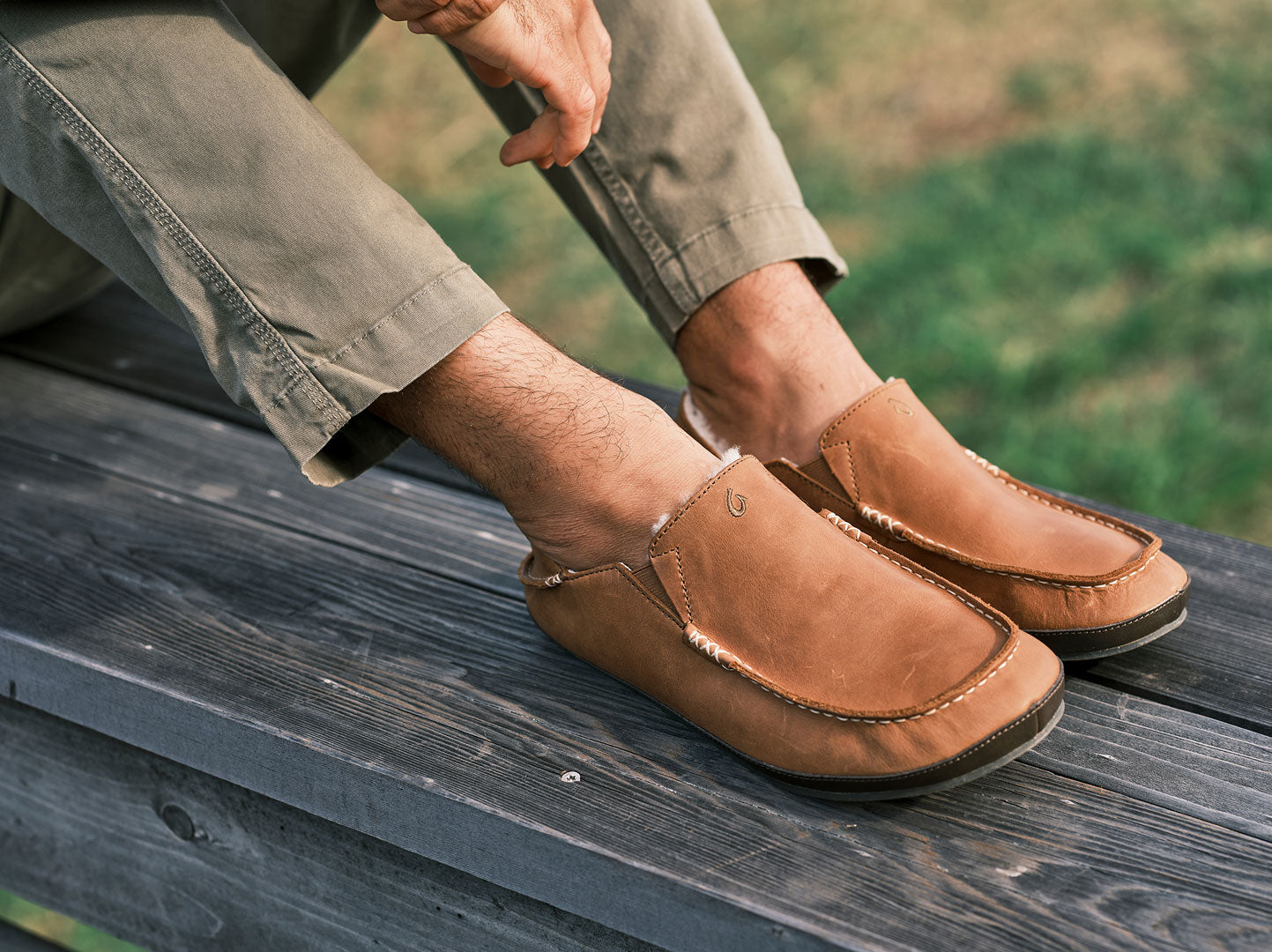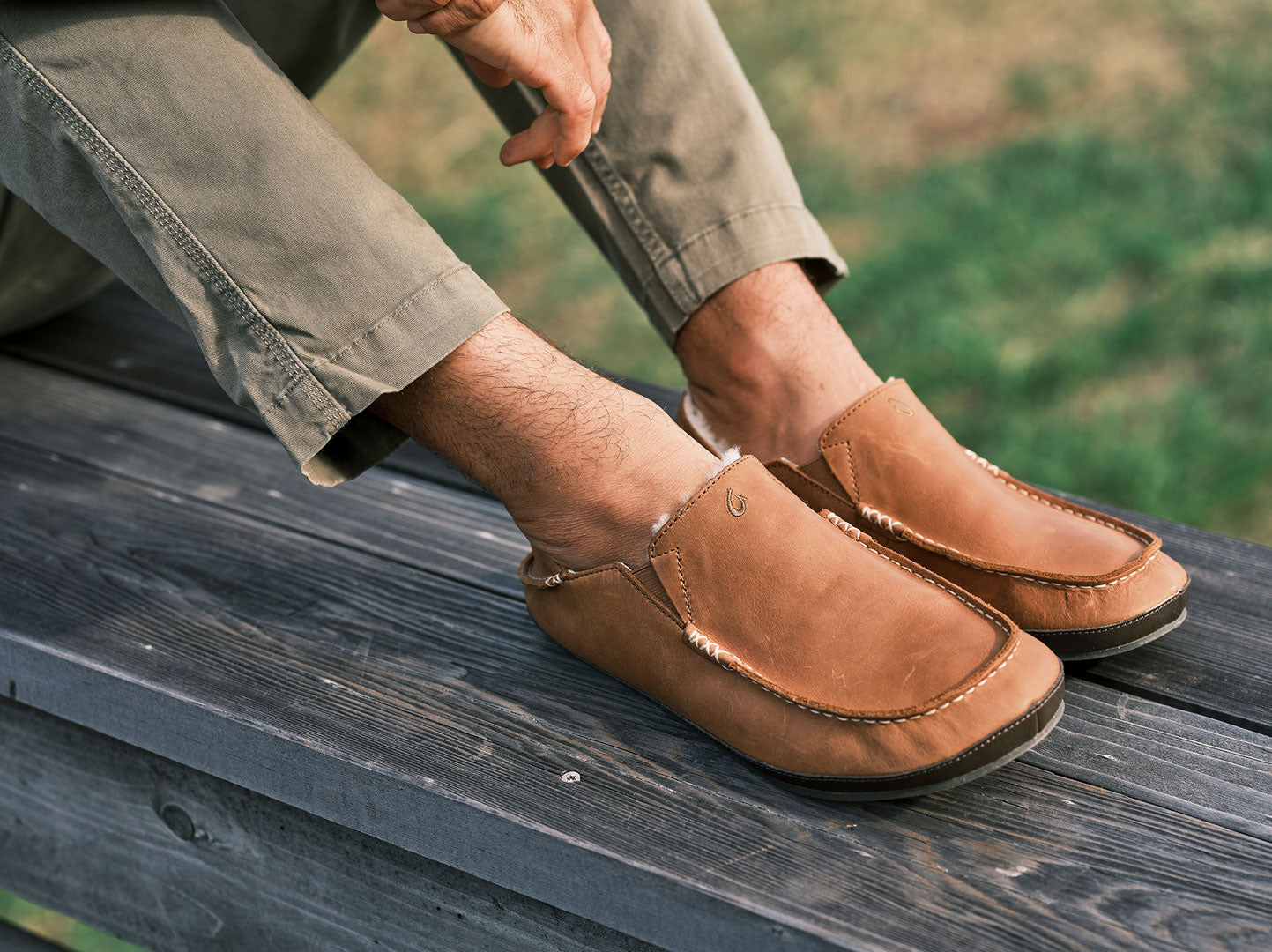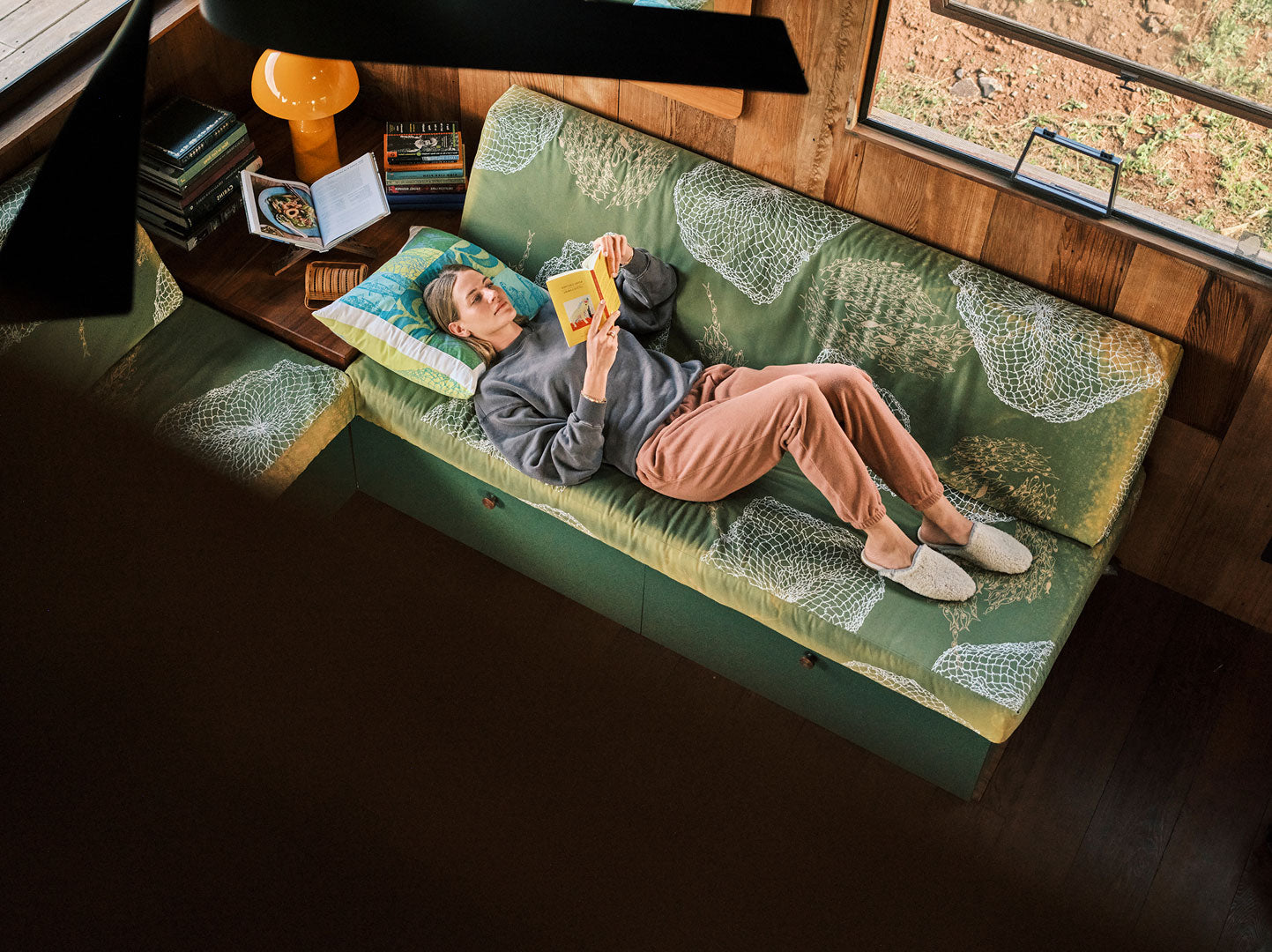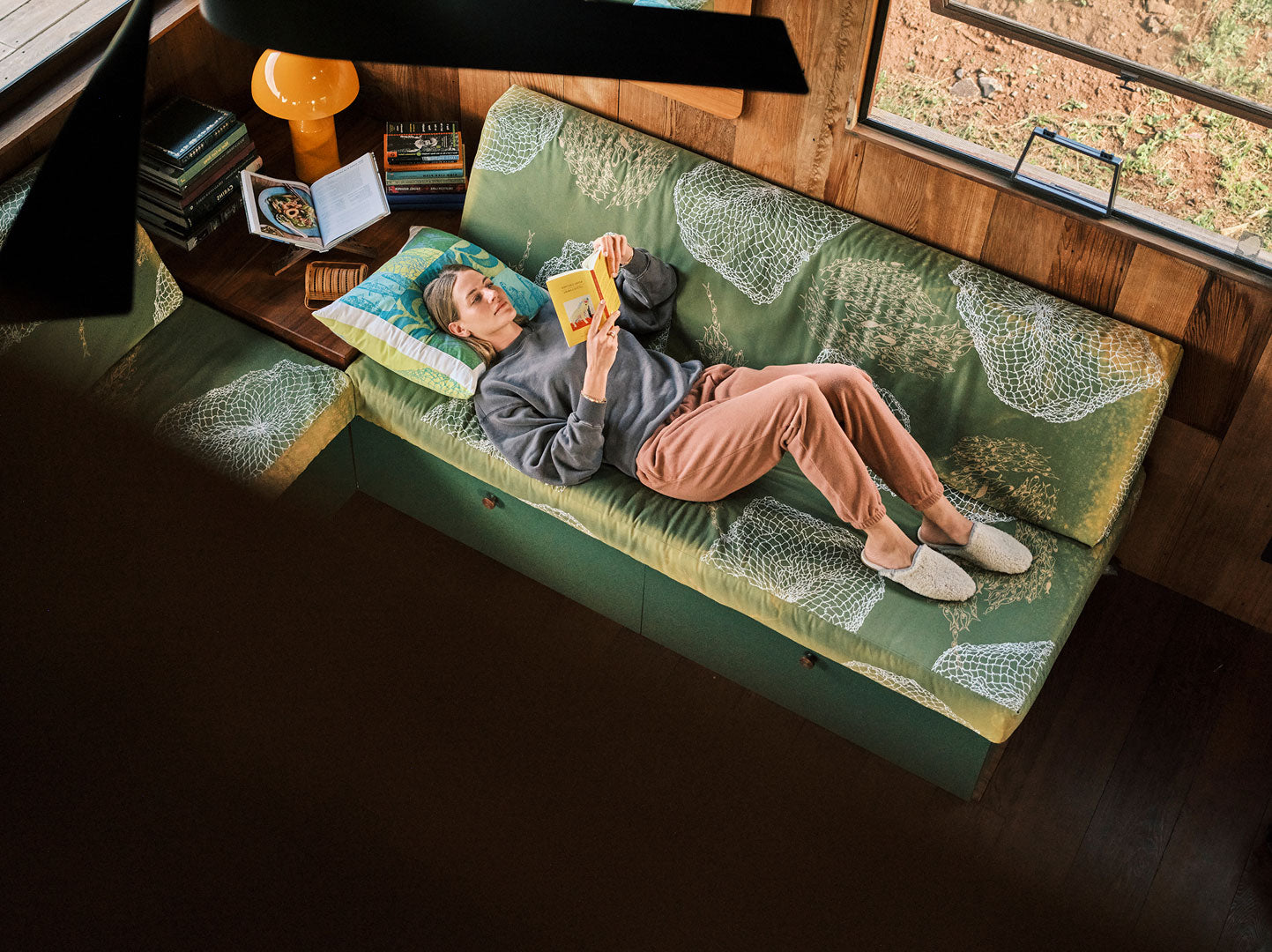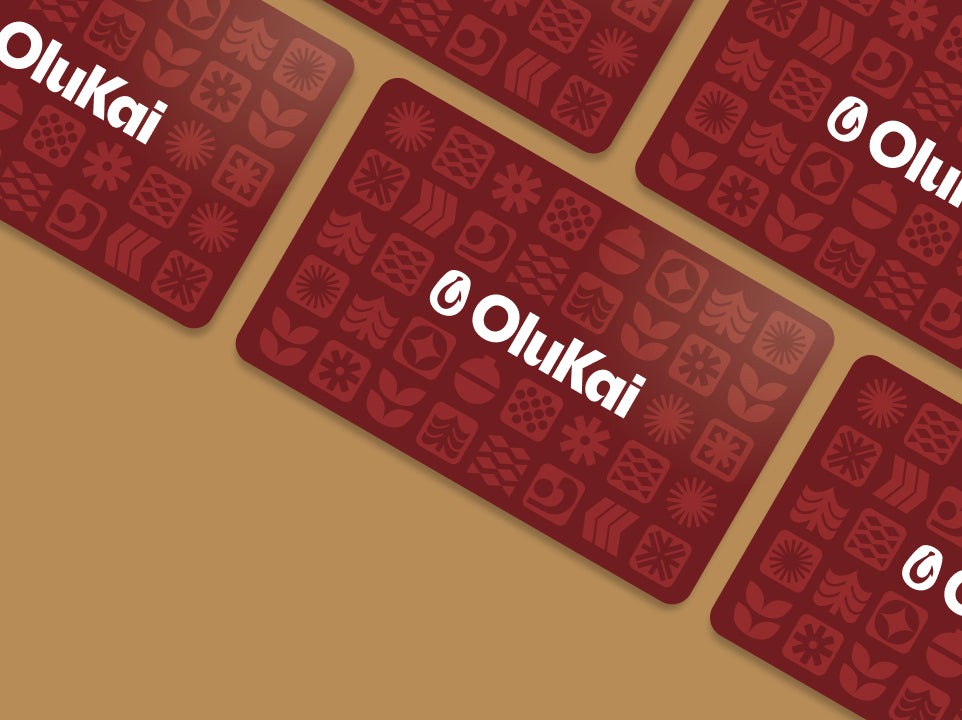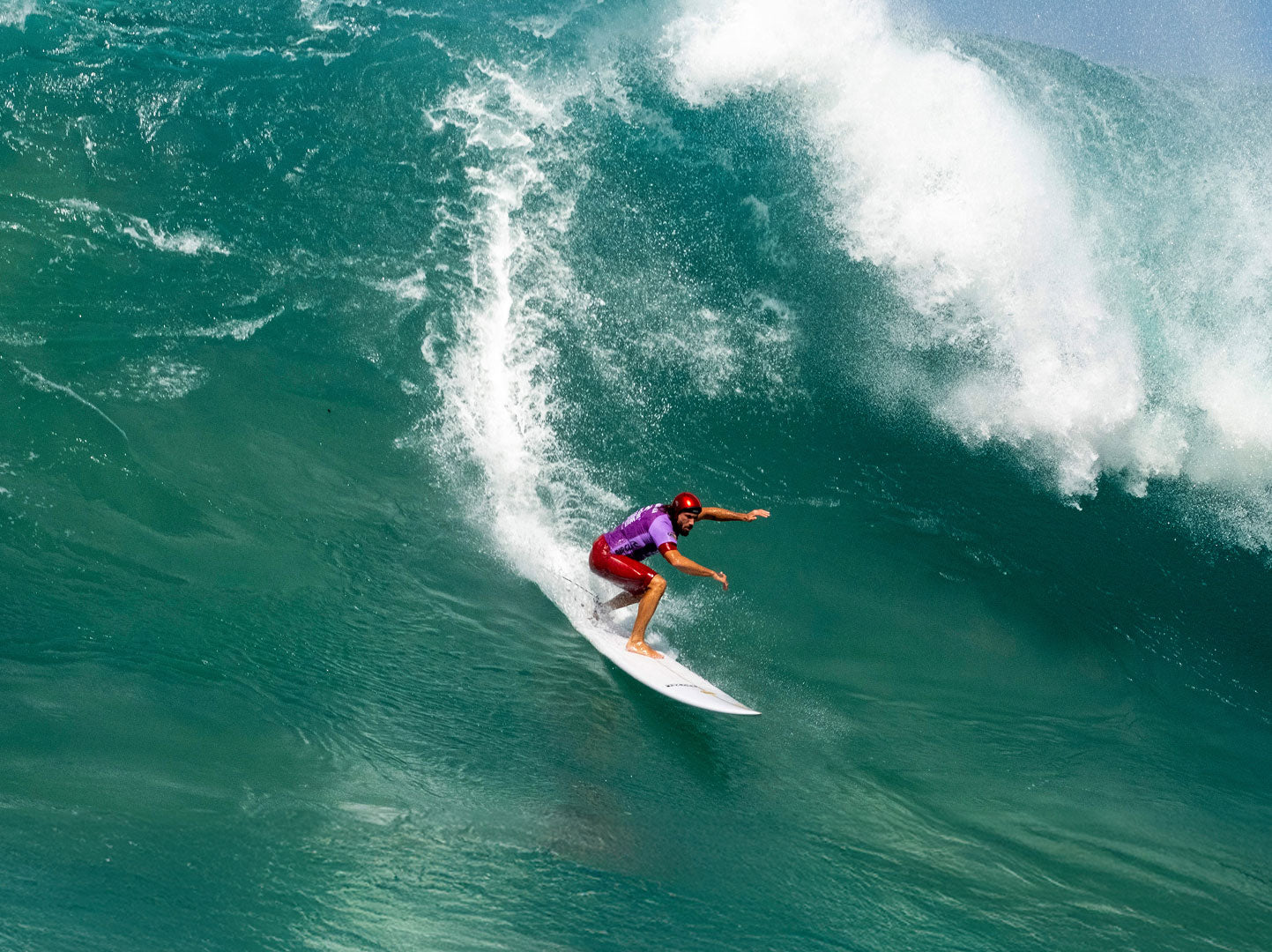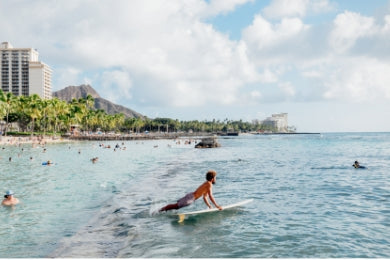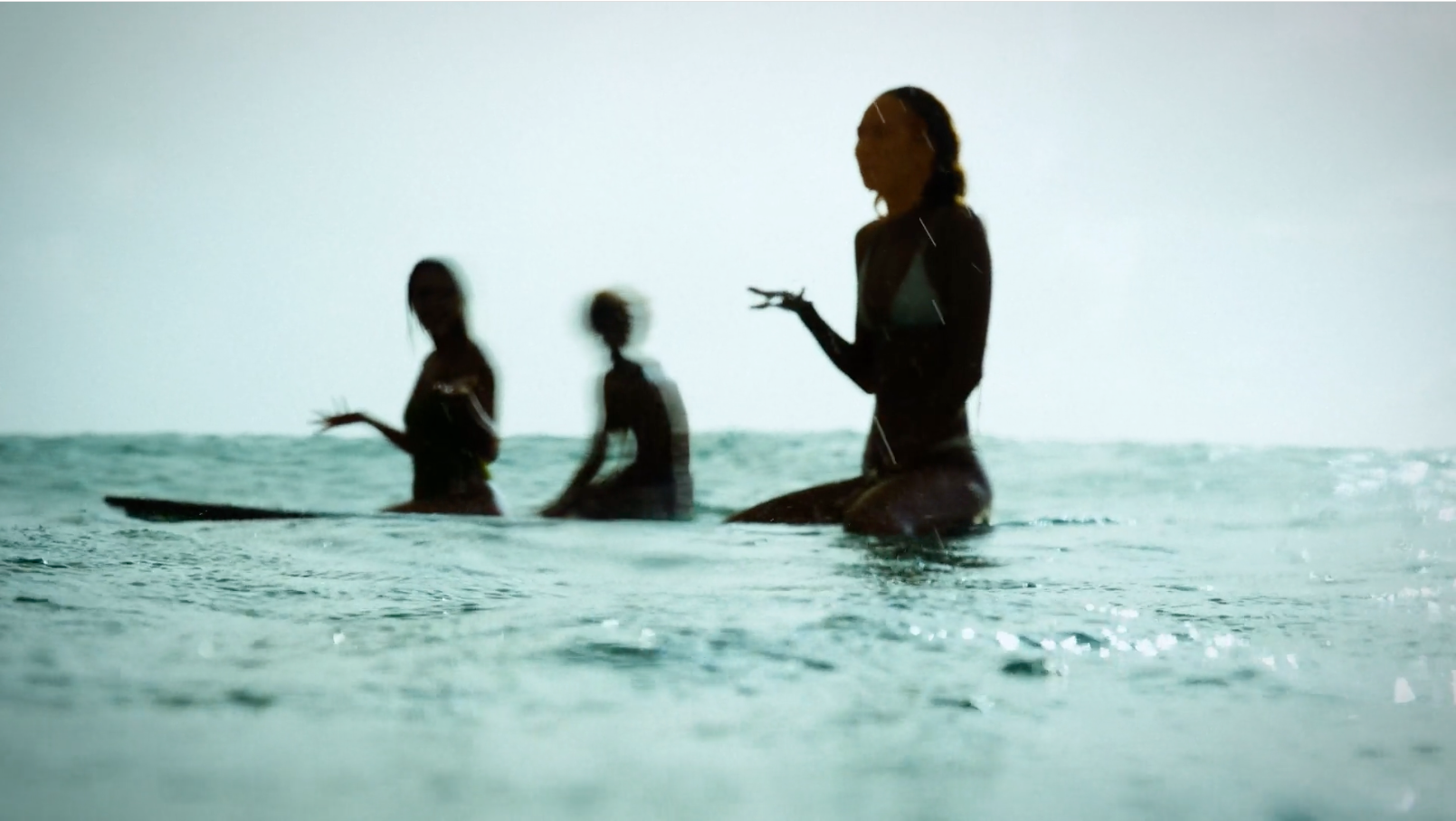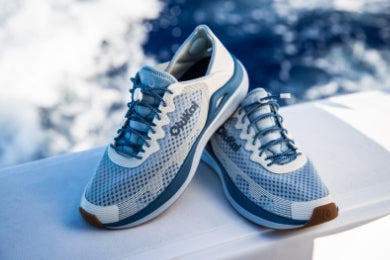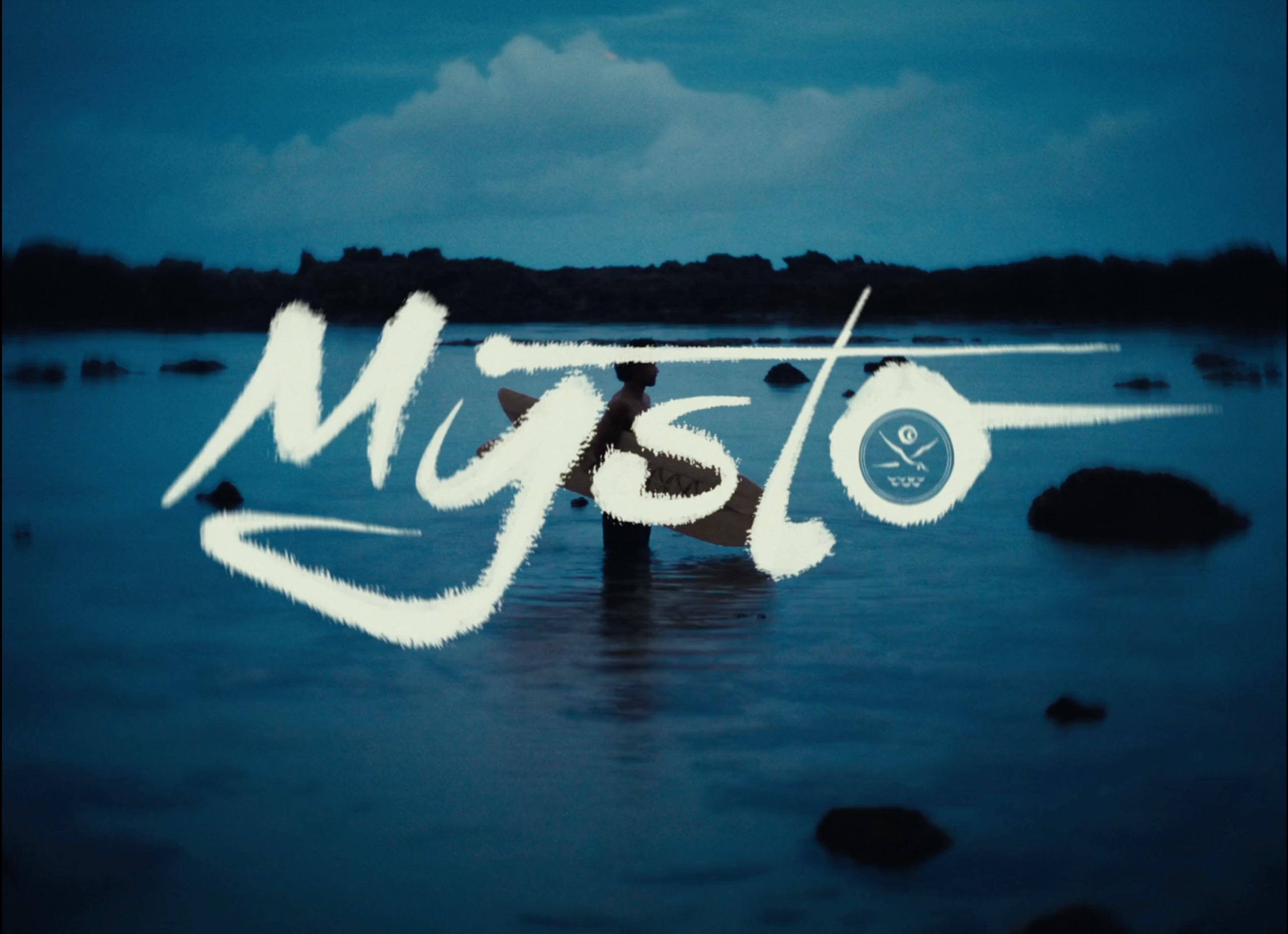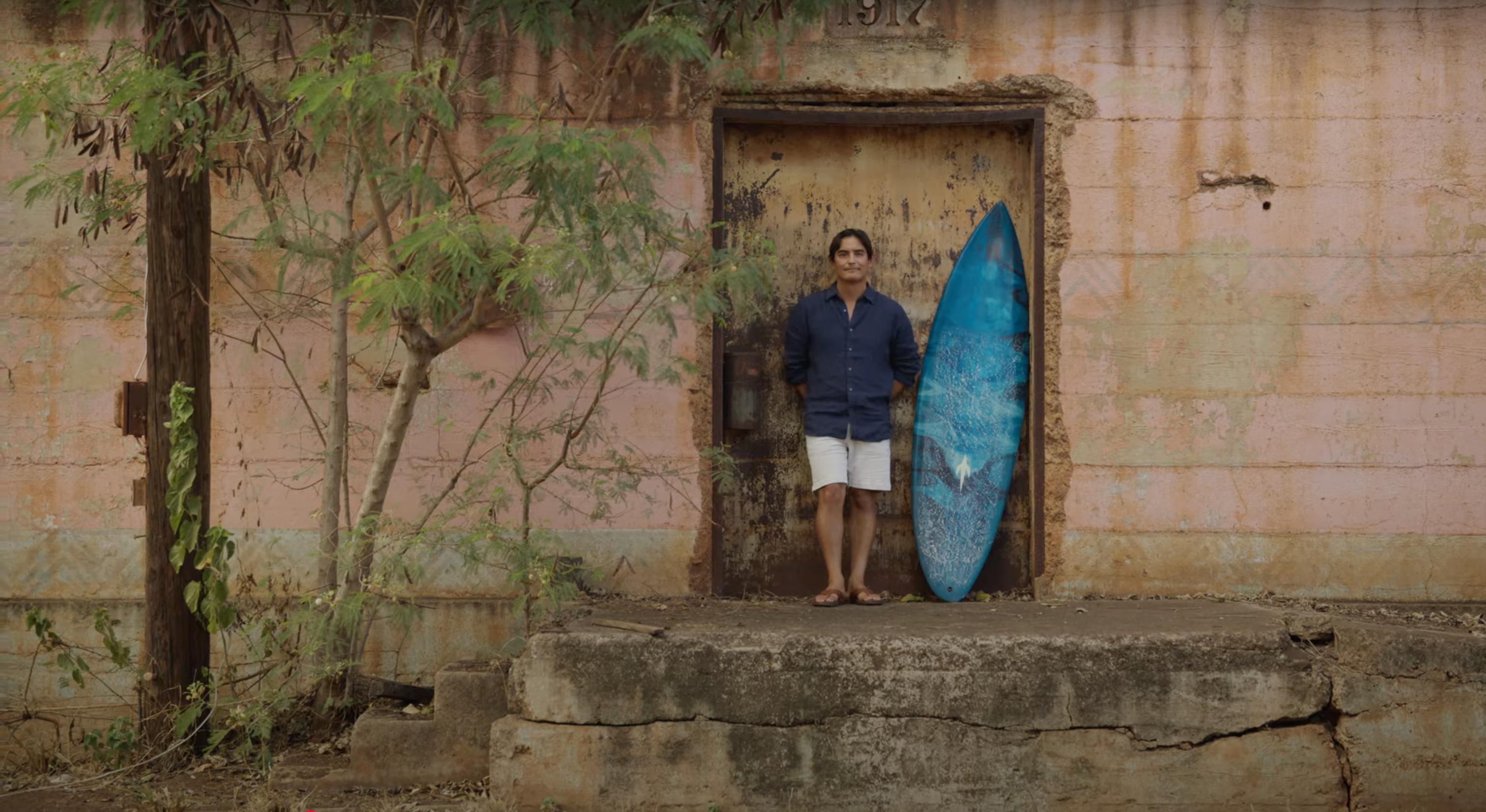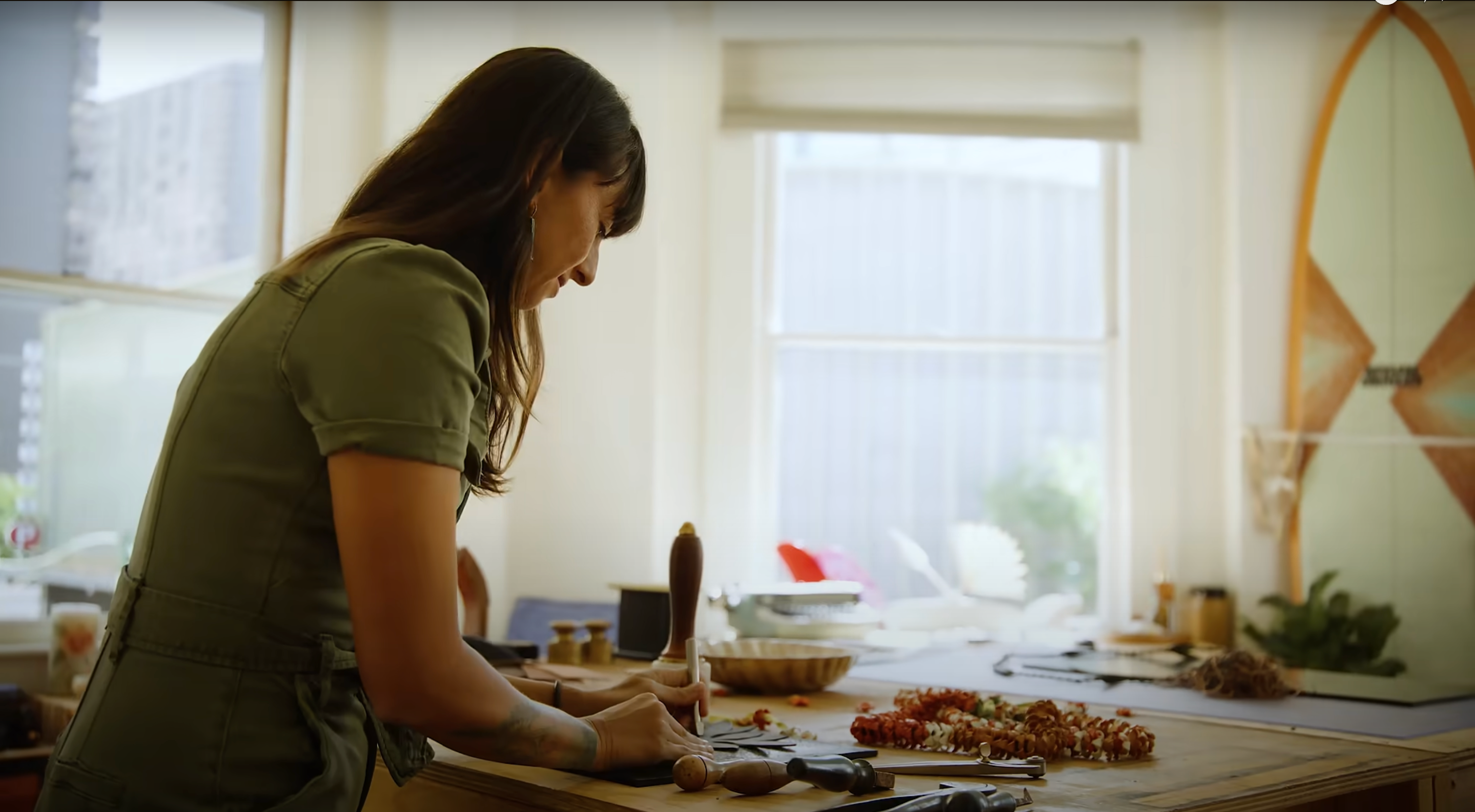 ©istockphoto/nantela[/caption]
You are walking through a jungle or other less-traveled area on one of the Hawaiian Islands. Not expecting to find a structure in these lush lands, you are surprised to stumble upon one, perhaps simply low walls or outlines, largely of stone. It can be the size of a field where teams might compete, or no more than a rectangular or square, sometimes round or crescent-shaped, placement of stones. There is no doubt that this creation was purposeful. You come to understand it is a place of worship—a shrine for gods and goddesses, a sacred place for commoners, a refuge—possibly dating back over 800 years.
Heiau were built to provide a place of worship, a sacred ground honoring something of great importance to the community. Who was honored? Mostly, there were four gods that the ali'i (chiefs) paid homage to: Lono (fertility, rainfall, agriculture, and music), Ku (prosperity and war), Kane (god of creation, and the ancestor of chiefs and commoners), and Kanaloa (ocean, voyaging, and healing). Commoners typically had their own deities, often 'aumakua—an ancestor who has died and come back in another form.
There are numerous types of heiau. Heiau po'o kanaka honored war, often with human sacrifices. These were also known as luakini. Heiau ho'oulu insured good crops. Heiau ho'oūlu brought good fishing. The purposes were many, including birth, bringing rain, healing, fertility, and others. Heiau hana aloha was built to encourage love. Non-human sacrifices were often in the form of various foods, like coconuts and bananas, or animals, such as pigs.
A sacred site can be as simple or elaborate as the vision of the kings and queens, or the lower castes, though they were always of a more earthy nature as opposed to the architecture of palaces and churches. Heiau of a larger scale were typically only for royalty. The more elaborate heiau might have small buildings used to house royalty or priests or drums. Platforms may exist. Wood was used at times, but lava rock was nearly always the prominent material. Some resembled simple homes.
They existed in some manner on every island where people lived. Since the eight primary Hawaiian Islands contained the majority of the population, this Is where the heiau were mostly built. Still, wherever people go, that which is important to them will follow, which is why heiau have also been found in the mostly uninhabited Northwestern Hawaiian Islands.
The heiau Pu'u O Mahuka , known as the "Hill of Escape," is the largest heiau on O'ahu. It covers five acres in the hills of the North Shore. In addition to being an important site for the kahuna (royalty), it was also a birthing place for the chiefs' wives.
Pi'ilanihale Heiau in Hana, on Mau'i, is one of the largest in the islands. It is well worth the visit next time you take the Road To Hana.
The Hālawa Heiau (note the 10.12.13 Pix at the bottom of the website) has significance in that it was both a women's and men's heiau. Located on O'ahu, it was once tucked into the hills until the H3 freeway plowed past it, an unfortunate aspect of "progress."
Hale O Papa – Heiau No Na Wahine , located on the western side of Hawai'i Island, was for royalty women only. It was taboo for men, an unusual occurrence.
Pu'ukohola Heiau. If you find yourself in the northwest corner of Hawai'i Island, this is a magnificent site to take in. The temple of Kamehameha the Great commands the hilltop within the Pu'ukohola National Historic Site, while sharks roam the submerged temple of Hale o Kapuni Heiau.
These are sacred sites with cultural significance. We take nothing. We disturb nothing, leaving these important grounds and monuments intact. We do, however, walk away with an increased sense of humility and respect for the people who came before and what these sites stand for.
By Doug Fetterly
©istockphoto/nantela[/caption]
You are walking through a jungle or other less-traveled area on one of the Hawaiian Islands. Not expecting to find a structure in these lush lands, you are surprised to stumble upon one, perhaps simply low walls or outlines, largely of stone. It can be the size of a field where teams might compete, or no more than a rectangular or square, sometimes round or crescent-shaped, placement of stones. There is no doubt that this creation was purposeful. You come to understand it is a place of worship—a shrine for gods and goddesses, a sacred place for commoners, a refuge—possibly dating back over 800 years.
Heiau were built to provide a place of worship, a sacred ground honoring something of great importance to the community. Who was honored? Mostly, there were four gods that the ali'i (chiefs) paid homage to: Lono (fertility, rainfall, agriculture, and music), Ku (prosperity and war), Kane (god of creation, and the ancestor of chiefs and commoners), and Kanaloa (ocean, voyaging, and healing). Commoners typically had their own deities, often 'aumakua—an ancestor who has died and come back in another form.
There are numerous types of heiau. Heiau po'o kanaka honored war, often with human sacrifices. These were also known as luakini. Heiau ho'oulu insured good crops. Heiau ho'oūlu brought good fishing. The purposes were many, including birth, bringing rain, healing, fertility, and others. Heiau hana aloha was built to encourage love. Non-human sacrifices were often in the form of various foods, like coconuts and bananas, or animals, such as pigs.
A sacred site can be as simple or elaborate as the vision of the kings and queens, or the lower castes, though they were always of a more earthy nature as opposed to the architecture of palaces and churches. Heiau of a larger scale were typically only for royalty. The more elaborate heiau might have small buildings used to house royalty or priests or drums. Platforms may exist. Wood was used at times, but lava rock was nearly always the prominent material. Some resembled simple homes.
They existed in some manner on every island where people lived. Since the eight primary Hawaiian Islands contained the majority of the population, this Is where the heiau were mostly built. Still, wherever people go, that which is important to them will follow, which is why heiau have also been found in the mostly uninhabited Northwestern Hawaiian Islands.
The heiau Pu'u O Mahuka , known as the "Hill of Escape," is the largest heiau on O'ahu. It covers five acres in the hills of the North Shore. In addition to being an important site for the kahuna (royalty), it was also a birthing place for the chiefs' wives.
Pi'ilanihale Heiau in Hana, on Mau'i, is one of the largest in the islands. It is well worth the visit next time you take the Road To Hana.
The Hālawa Heiau (note the 10.12.13 Pix at the bottom of the website) has significance in that it was both a women's and men's heiau. Located on O'ahu, it was once tucked into the hills until the H3 freeway plowed past it, an unfortunate aspect of "progress."
Hale O Papa – Heiau No Na Wahine , located on the western side of Hawai'i Island, was for royalty women only. It was taboo for men, an unusual occurrence.
Pu'ukohola Heiau. If you find yourself in the northwest corner of Hawai'i Island, this is a magnificent site to take in. The temple of Kamehameha the Great commands the hilltop within the Pu'ukohola National Historic Site, while sharks roam the submerged temple of Hale o Kapuni Heiau.
These are sacred sites with cultural significance. We take nothing. We disturb nothing, leaving these important grounds and monuments intact. We do, however, walk away with an increased sense of humility and respect for the people who came before and what these sites stand for.
By Doug Fetterly
Heiau—Sacred Temples in Hawaiian Culture
[caption id="attachment_1464038" align="aligncenter" width="604"] ©istockphoto/nantela[/caption]
You are walking through a jungle or other less-traveled area on one of the Hawaiian Islands. Not expecting to find a structure in these lush lands, you are surprised to stumble upon one, perhaps simply low walls or outlines, largely of stone. It can be the size of a field where teams might compete, or no more than a rectangular or square, sometimes round or crescent-shaped, placement of stones. There is no doubt that this creation was purposeful. You come to understand it is a place of worship—a shrine for gods and goddesses, a sacred place for commoners, a refuge—possibly dating back over 800 years.
Heiau were built to provide a place of worship, a sacred ground honoring something of great importance to the community. Who was honored? Mostly, there were four gods that the ali'i (chiefs) paid homage to: Lono (fertility, rainfall, agriculture, and music), Ku (prosperity and war), Kane (god of creation, and the ancestor of chiefs and commoners), and Kanaloa (ocean, voyaging, and healing). Commoners typically had their own deities, often 'aumakua—an ancestor who has died and come back in another form.
There are numerous types of heiau. Heiau po'o kanaka honored war, often with human sacrifices. These were also known as luakini. Heiau ho'oulu insured good crops. Heiau ho'oūlu brought good fishing. The purposes were many, including birth, bringing rain, healing, fertility, and others. Heiau hana aloha was built to encourage love. Non-human sacrifices were often in the form of various foods, like coconuts and bananas, or animals, such as pigs.
A sacred site can be as simple or elaborate as the vision of the kings and queens, or the lower castes, though they were always of a more earthy nature as opposed to the architecture of palaces and churches. Heiau of a larger scale were typically only for royalty. The more elaborate heiau might have small buildings used to house royalty or priests or drums. Platforms may exist. Wood was used at times, but lava rock was nearly always the prominent material. Some resembled simple homes.
They existed in some manner on every island where people lived. Since the eight primary Hawaiian Islands contained the majority of the population, this Is where the heiau were mostly built. Still, wherever people go, that which is important to them will follow, which is why heiau have also been found in the mostly uninhabited Northwestern Hawaiian Islands.
The heiau Pu'u O Mahuka , known as the "Hill of Escape," is the largest heiau on O'ahu. It covers five acres in the hills of the North Shore. In addition to being an important site for the kahuna (royalty), it was also a birthing place for the chiefs' wives.
Pi'ilanihale Heiau in Hana, on Mau'i, is one of the largest in the islands. It is well worth the visit next time you take the Road To Hana.
The Hālawa Heiau (note the 10.12.13 Pix at the bottom of the website) has significance in that it was both a women's and men's heiau. Located on O'ahu, it was once tucked into the hills until the H3 freeway plowed past it, an unfortunate aspect of "progress."
Hale O Papa – Heiau No Na Wahine , located on the western side of Hawai'i Island, was for royalty women only. It was taboo for men, an unusual occurrence.
Pu'ukohola Heiau. If you find yourself in the northwest corner of Hawai'i Island, this is a magnificent site to take in. The temple of Kamehameha the Great commands the hilltop within the Pu'ukohola National Historic Site, while sharks roam the submerged temple of Hale o Kapuni Heiau.
These are sacred sites with cultural significance. We take nothing. We disturb nothing, leaving these important grounds and monuments intact. We do, however, walk away with an increased sense of humility and respect for the people who came before and what these sites stand for.
By Doug Fetterly
©istockphoto/nantela[/caption]
You are walking through a jungle or other less-traveled area on one of the Hawaiian Islands. Not expecting to find a structure in these lush lands, you are surprised to stumble upon one, perhaps simply low walls or outlines, largely of stone. It can be the size of a field where teams might compete, or no more than a rectangular or square, sometimes round or crescent-shaped, placement of stones. There is no doubt that this creation was purposeful. You come to understand it is a place of worship—a shrine for gods and goddesses, a sacred place for commoners, a refuge—possibly dating back over 800 years.
Heiau were built to provide a place of worship, a sacred ground honoring something of great importance to the community. Who was honored? Mostly, there were four gods that the ali'i (chiefs) paid homage to: Lono (fertility, rainfall, agriculture, and music), Ku (prosperity and war), Kane (god of creation, and the ancestor of chiefs and commoners), and Kanaloa (ocean, voyaging, and healing). Commoners typically had their own deities, often 'aumakua—an ancestor who has died and come back in another form.
There are numerous types of heiau. Heiau po'o kanaka honored war, often with human sacrifices. These were also known as luakini. Heiau ho'oulu insured good crops. Heiau ho'oūlu brought good fishing. The purposes were many, including birth, bringing rain, healing, fertility, and others. Heiau hana aloha was built to encourage love. Non-human sacrifices were often in the form of various foods, like coconuts and bananas, or animals, such as pigs.
A sacred site can be as simple or elaborate as the vision of the kings and queens, or the lower castes, though they were always of a more earthy nature as opposed to the architecture of palaces and churches. Heiau of a larger scale were typically only for royalty. The more elaborate heiau might have small buildings used to house royalty or priests or drums. Platforms may exist. Wood was used at times, but lava rock was nearly always the prominent material. Some resembled simple homes.
They existed in some manner on every island where people lived. Since the eight primary Hawaiian Islands contained the majority of the population, this Is where the heiau were mostly built. Still, wherever people go, that which is important to them will follow, which is why heiau have also been found in the mostly uninhabited Northwestern Hawaiian Islands.
The heiau Pu'u O Mahuka , known as the "Hill of Escape," is the largest heiau on O'ahu. It covers five acres in the hills of the North Shore. In addition to being an important site for the kahuna (royalty), it was also a birthing place for the chiefs' wives.
Pi'ilanihale Heiau in Hana, on Mau'i, is one of the largest in the islands. It is well worth the visit next time you take the Road To Hana.
The Hālawa Heiau (note the 10.12.13 Pix at the bottom of the website) has significance in that it was both a women's and men's heiau. Located on O'ahu, it was once tucked into the hills until the H3 freeway plowed past it, an unfortunate aspect of "progress."
Hale O Papa – Heiau No Na Wahine , located on the western side of Hawai'i Island, was for royalty women only. It was taboo for men, an unusual occurrence.
Pu'ukohola Heiau. If you find yourself in the northwest corner of Hawai'i Island, this is a magnificent site to take in. The temple of Kamehameha the Great commands the hilltop within the Pu'ukohola National Historic Site, while sharks roam the submerged temple of Hale o Kapuni Heiau.
These are sacred sites with cultural significance. We take nothing. We disturb nothing, leaving these important grounds and monuments intact. We do, however, walk away with an increased sense of humility and respect for the people who came before and what these sites stand for.
By Doug Fetterly
 ©istockphoto/nantela[/caption]
You are walking through a jungle or other less-traveled area on one of the Hawaiian Islands. Not expecting to find a structure in these lush lands, you are surprised to stumble upon one, perhaps simply low walls or outlines, largely of stone. It can be the size of a field where teams might compete, or no more than a rectangular or square, sometimes round or crescent-shaped, placement of stones. There is no doubt that this creation was purposeful. You come to understand it is a place of worship—a shrine for gods and goddesses, a sacred place for commoners, a refuge—possibly dating back over 800 years.
Heiau were built to provide a place of worship, a sacred ground honoring something of great importance to the community. Who was honored? Mostly, there were four gods that the ali'i (chiefs) paid homage to: Lono (fertility, rainfall, agriculture, and music), Ku (prosperity and war), Kane (god of creation, and the ancestor of chiefs and commoners), and Kanaloa (ocean, voyaging, and healing). Commoners typically had their own deities, often 'aumakua—an ancestor who has died and come back in another form.
There are numerous types of heiau. Heiau po'o kanaka honored war, often with human sacrifices. These were also known as luakini. Heiau ho'oulu insured good crops. Heiau ho'oūlu brought good fishing. The purposes were many, including birth, bringing rain, healing, fertility, and others. Heiau hana aloha was built to encourage love. Non-human sacrifices were often in the form of various foods, like coconuts and bananas, or animals, such as pigs.
A sacred site can be as simple or elaborate as the vision of the kings and queens, or the lower castes, though they were always of a more earthy nature as opposed to the architecture of palaces and churches. Heiau of a larger scale were typically only for royalty. The more elaborate heiau might have small buildings used to house royalty or priests or drums. Platforms may exist. Wood was used at times, but lava rock was nearly always the prominent material. Some resembled simple homes.
They existed in some manner on every island where people lived. Since the eight primary Hawaiian Islands contained the majority of the population, this Is where the heiau were mostly built. Still, wherever people go, that which is important to them will follow, which is why heiau have also been found in the mostly uninhabited Northwestern Hawaiian Islands.
The heiau Pu'u O Mahuka , known as the "Hill of Escape," is the largest heiau on O'ahu. It covers five acres in the hills of the North Shore. In addition to being an important site for the kahuna (royalty), it was also a birthing place for the chiefs' wives.
Pi'ilanihale Heiau in Hana, on Mau'i, is one of the largest in the islands. It is well worth the visit next time you take the Road To Hana.
The Hālawa Heiau (note the 10.12.13 Pix at the bottom of the website) has significance in that it was both a women's and men's heiau. Located on O'ahu, it was once tucked into the hills until the H3 freeway plowed past it, an unfortunate aspect of "progress."
Hale O Papa – Heiau No Na Wahine , located on the western side of Hawai'i Island, was for royalty women only. It was taboo for men, an unusual occurrence.
Pu'ukohola Heiau. If you find yourself in the northwest corner of Hawai'i Island, this is a magnificent site to take in. The temple of Kamehameha the Great commands the hilltop within the Pu'ukohola National Historic Site, while sharks roam the submerged temple of Hale o Kapuni Heiau.
These are sacred sites with cultural significance. We take nothing. We disturb nothing, leaving these important grounds and monuments intact. We do, however, walk away with an increased sense of humility and respect for the people who came before and what these sites stand for.
By Doug Fetterly
©istockphoto/nantela[/caption]
You are walking through a jungle or other less-traveled area on one of the Hawaiian Islands. Not expecting to find a structure in these lush lands, you are surprised to stumble upon one, perhaps simply low walls or outlines, largely of stone. It can be the size of a field where teams might compete, or no more than a rectangular or square, sometimes round or crescent-shaped, placement of stones. There is no doubt that this creation was purposeful. You come to understand it is a place of worship—a shrine for gods and goddesses, a sacred place for commoners, a refuge—possibly dating back over 800 years.
Heiau were built to provide a place of worship, a sacred ground honoring something of great importance to the community. Who was honored? Mostly, there were four gods that the ali'i (chiefs) paid homage to: Lono (fertility, rainfall, agriculture, and music), Ku (prosperity and war), Kane (god of creation, and the ancestor of chiefs and commoners), and Kanaloa (ocean, voyaging, and healing). Commoners typically had their own deities, often 'aumakua—an ancestor who has died and come back in another form.
There are numerous types of heiau. Heiau po'o kanaka honored war, often with human sacrifices. These were also known as luakini. Heiau ho'oulu insured good crops. Heiau ho'oūlu brought good fishing. The purposes were many, including birth, bringing rain, healing, fertility, and others. Heiau hana aloha was built to encourage love. Non-human sacrifices were often in the form of various foods, like coconuts and bananas, or animals, such as pigs.
A sacred site can be as simple or elaborate as the vision of the kings and queens, or the lower castes, though they were always of a more earthy nature as opposed to the architecture of palaces and churches. Heiau of a larger scale were typically only for royalty. The more elaborate heiau might have small buildings used to house royalty or priests or drums. Platforms may exist. Wood was used at times, but lava rock was nearly always the prominent material. Some resembled simple homes.
They existed in some manner on every island where people lived. Since the eight primary Hawaiian Islands contained the majority of the population, this Is where the heiau were mostly built. Still, wherever people go, that which is important to them will follow, which is why heiau have also been found in the mostly uninhabited Northwestern Hawaiian Islands.
The heiau Pu'u O Mahuka , known as the "Hill of Escape," is the largest heiau on O'ahu. It covers five acres in the hills of the North Shore. In addition to being an important site for the kahuna (royalty), it was also a birthing place for the chiefs' wives.
Pi'ilanihale Heiau in Hana, on Mau'i, is one of the largest in the islands. It is well worth the visit next time you take the Road To Hana.
The Hālawa Heiau (note the 10.12.13 Pix at the bottom of the website) has significance in that it was both a women's and men's heiau. Located on O'ahu, it was once tucked into the hills until the H3 freeway plowed past it, an unfortunate aspect of "progress."
Hale O Papa – Heiau No Na Wahine , located on the western side of Hawai'i Island, was for royalty women only. It was taboo for men, an unusual occurrence.
Pu'ukohola Heiau. If you find yourself in the northwest corner of Hawai'i Island, this is a magnificent site to take in. The temple of Kamehameha the Great commands the hilltop within the Pu'ukohola National Historic Site, while sharks roam the submerged temple of Hale o Kapuni Heiau.
These are sacred sites with cultural significance. We take nothing. We disturb nothing, leaving these important grounds and monuments intact. We do, however, walk away with an increased sense of humility and respect for the people who came before and what these sites stand for.
By Doug Fetterly
